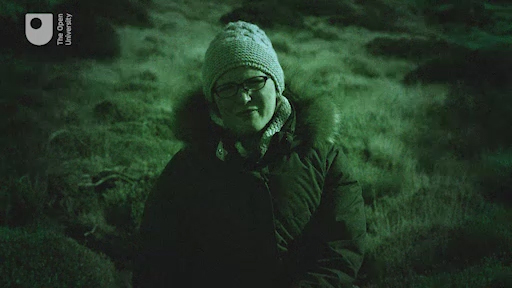Week 6: Classifying the stars
Introduction
Last week you started to look at what stars are, using the Sun as a template. We discussed the basic properties of the Sun (and indeed other stars), finding that they are essentially massive balls of hot gas. At their core, temperatures rise high enough to permit the fusion of hydrogen nuclei to form helium nuclei. Using Einstein’s famous equation you were able to understand how the vast number of such reactions occurring every second is sufficient to power the Sun for billions of years. Finally, we started looking at how the Sun fitted into the wider population of stars by looking at the properties of stars in clusters, comparing their colour and luminosity.
This week, you will continue to explore the relationship between the colour and luminosity of stars, finding that the colour of a star depends on its temperature and that there is a correlation between temperature and luminosity. Plotting these two properties against each other produces the Hertzsprung-Russell diagram – one of the most famous diagrams in astronomy. you will explore this diagram and find out what it tells us about the lifecycles and eventual fate of the stars, as Jo explains:

Transcript
In the video, Jo also mentions the images that you have taken using COAST. As you work through the material this week, you can continue to enhance and improve your COAST images using the editing tools in telescope.org.
By the end of this week you will be able to:
- edit COAST images in telescope.org and save the resulting image
- understand the relationship between stellar temperature and luminosity and how this is used to classify stars on the Hertzsprung-Russell diagram
- identify the main features of the Hertzsprung-Russell diagram and associate these with different stages in a star’s lifetime
- understand how the temperature and luminosity of a star depend on the mass of a star and how this ultimately determines the star’s lifetime
- understand the lifecycles of stars and the processes taking place at different stages of a star’s life, including the reasons for instability and how this produces certain types of variable star.
